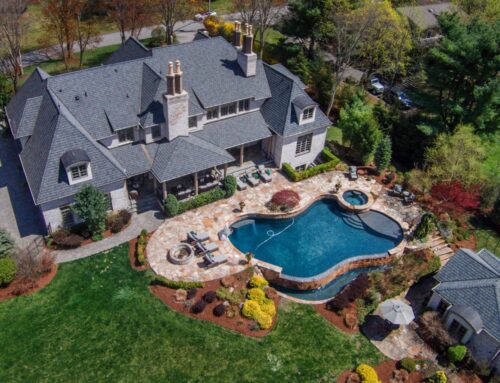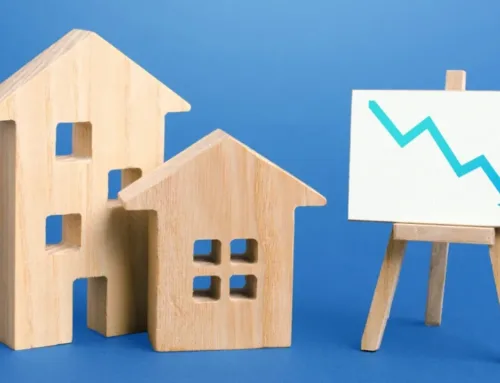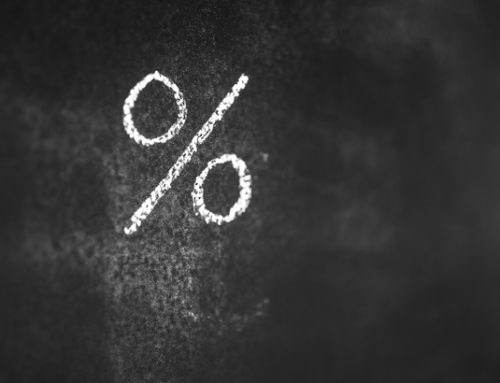The pandemic has brought to a boil an issue that has simmered for years, affecting all Americans, but none more than residential real estate professionals. Every week, the lament is louder—there just aren’t enough homes for sale. The shortage creates frustration for those who work tirelessly to help people find suitable homes, but are unfortunately being priced out of the market.
A study by the Rosen Consulting Group, commissioned by the National Association of REALTORS®, concludes that today’s shortage is a result of decades of underbuilding in the nation’s housing stock, creating an enormous demand-supply gap. The study suggests that filling the gap will “require a national commitment to build more housing of all types by expanding resources, addressing barriers to new development and making new housing construction an integral part” of the nation’s infrastructure strategy for at least the next 10 to 20 years. The report’s good news, however, is that such a response would unleash significant economic growth, create jobs and increase affordability.
The study, “Housing Is Critical Infrastructure: Social and Economic Benefits of Building More Housing,” analyzes the shortage using two methods. The first compares the number of completed housing units over the past 20 years with the long-term average completions from 1968 to 2020. This measure shows a cumulative shortage of more than 5.5 million housing units over the past two decades, two million of which are single-family homes. The second approach compares housing production to household formation while considering the number of residences lost to destruction, demolition or obsolescence. This method suggests a gap of 6.8 million units.
From an economic perspective, this vast underbuilding has cost the U.S. economy an estimated $4.4 trillion of economic activity. Moreover, it has resulted in a rapidly aging housing infrastructure. Underbuilding has directly strained the for-sale housing market, taking it into crisis territory. From 1996 through 2016, the U.S. enjoyed an average monthly inventory of 2.5 million homes available for sale. But by January 2021, this level had plunged to 1 million homes—just 40% of the historical average and the lowest level since tracking began in 1999. And it’s almost certainly worse today.
The lack of homes for sale has naturally driven up prices. From 2012 through 2019, housing affordability decreased in 45 states. The pandemic has exacerbated the problem, especially for millennials and communities of color.
Just as with rebuilding other types of infrastructure, closing the housing gap offers huge benefits. In fact, the study shows the economic multiplier effects of spending on new single-family home construction to be even greater than spending on highways. Building an additional 550,000 new homes annually, the rate at which we could close the gap in 10 years, would create 2.8 million jobs and add over $400 billion each year to the GDP. Even more important, a commitment to closing the gap would increase home affordability and put the American Dream of homeownership within the reach of millions more.
For more information on housing inventory and to access the paper, visit nar.realtor.
Evan Liddiard is the director of federal tax policy for the National Association of REALTORS®.
Photo by Mick Haupt on Unsplash















